
JPATS: A Day in the Life of Prisoner Transports
By Emily Neece, Office of Public Affairs
This is a place holder for subtitle.
For immediate release
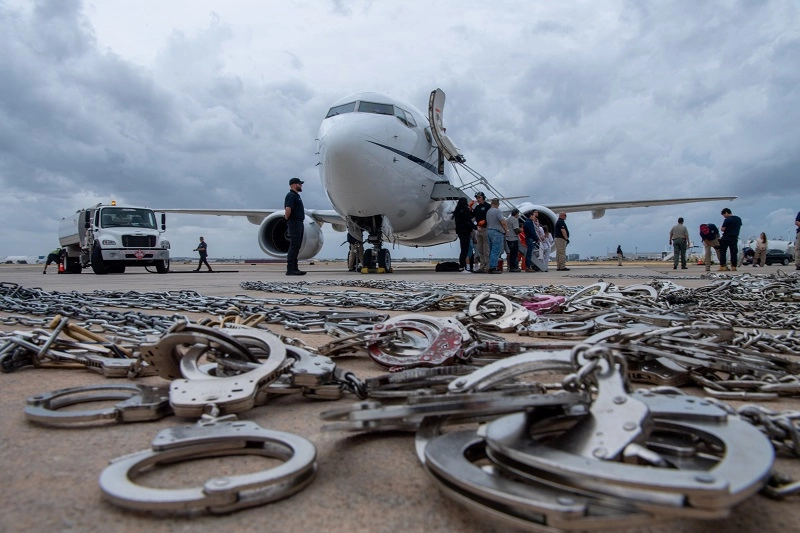
Every day the United States Marshals Service’s Justice Alien and Prisoner Transportation System (JPATS)* coordinates, schedules and moves about 500 prisoners between judicial districts and correctional institutions. This constant operation has led JPATS to be one of the largest transporters of prisoners in the world, amassing over 200,000 prisoner movements yearly.
Aviation Enforcement Officers (AEOs) play a critical role in the success of the operation. Differing from a typical law enforcement officer, a significant part of their jobs occurs 30,000 feet above ground on JPATS-owned planes.
“This is a hidden gem in the Marshals Service,” said Laurel Edwards, a Supervisory AEO, with the Air Operations Division in Oklahoma City, OK.
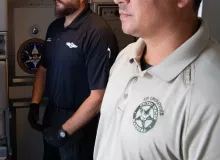
Every morning, AEOs report to the hangar at 5:30 a.m. for a briefing. During the briefing, they are given intel on the prisoners being transported, any prisoners with medical issues, flight times, and weather at all locations.
From there, some of the AEOs and Aviation Security Officers (ASOs) head to the Federal Transfer Center where they will collect all the prisoners that are being transported.
“There’s a federal prison that actually connects to the airfield,” said Edwards. “Inmates walk right from the prison directly onto the plane through a jetway.”
Once all inmates are boarded the plane is ready for take-off. After take-off, the officers roles expand.
“I love aviation and law enforcement,” said Edwards. “It’s like two careers in one so not only am I a law enforcement officer, but I’m also a flight attendant in a sense.”
As a part of their flight attendant responsibilities, AEOs are trained in emergency and evacuation procedures.
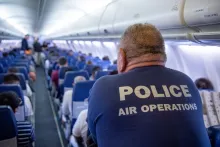
Once they reach their first destination, AEOs unload the prisoners that are getting off at each stop and pick up prisoners that are being transported. Afterwards, they continue to their next destination. Depending on the day, JPATS will have up to three stops in different cities.
JPATS flights do not typically exceed four hours, but occasionally, they will take flights to Hawaii, Puerto Rico, or Alaska.
There are many reasons a prisoner may have to be moved while in federal custody. Some reasons include disciplinary reasons, court and study orders, mental health evaluations, and attorney special requests.
One of the biggest challenges of the job for JPATs workers is balancing the different types of inmates while on the plane. In preparation for a smooth flight, AEOs make sure to plan out the seating assignments on the plane. Some things they take into consideration are whether or not inmates have been co-defendants, histories of violence, and mental health diagnoses.
“There’s so much to this job and so many people involved,” said Edwards. “It’s a challenge every day. People don’t get to see the full extent, but it’s really cool when it comes together.”
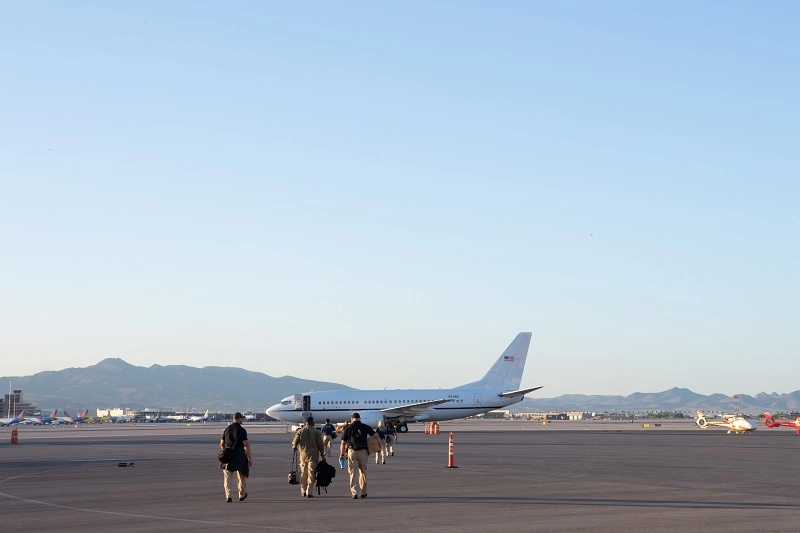
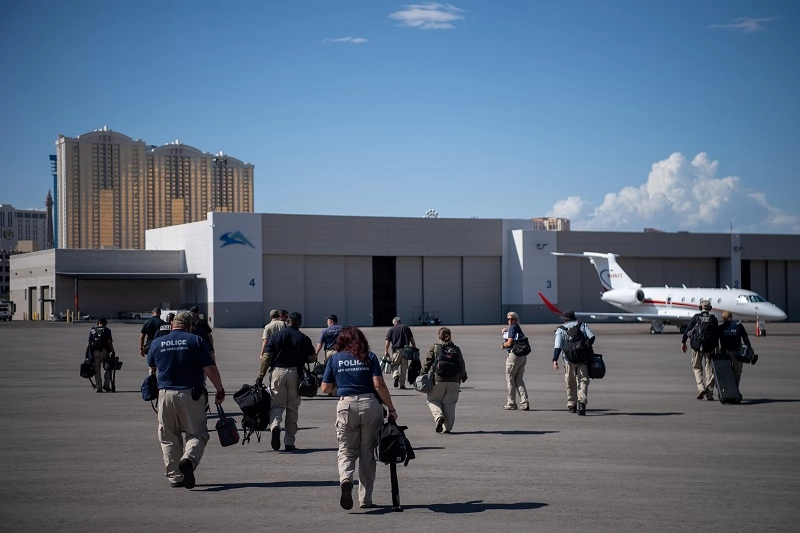
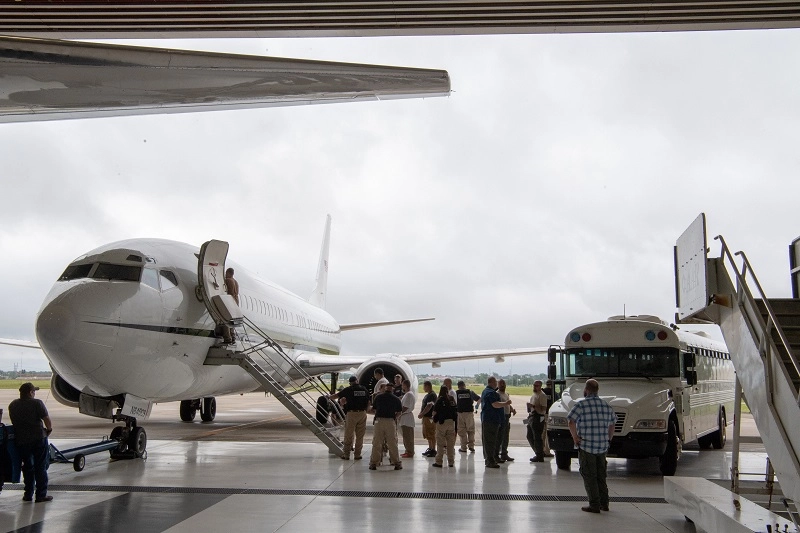
*On December 19, 2024, the Justice Prisoner and Alien Transportation System was renamed to the Justice Prisoner Air Transportation System.
Additional information about the U.S. Marshals Service can be found at https://www.usmarshals.gov.
####
America’s First Federal Law Enforcement Agency

